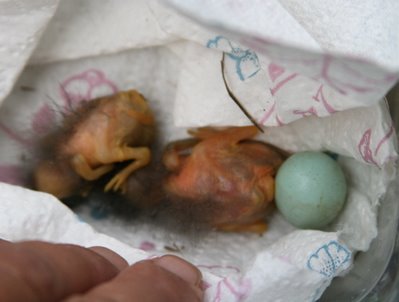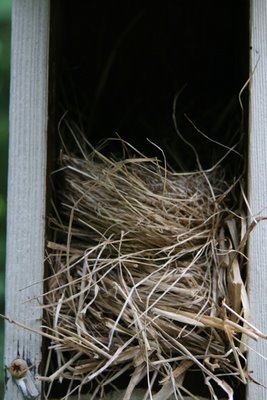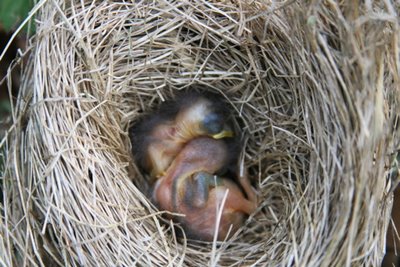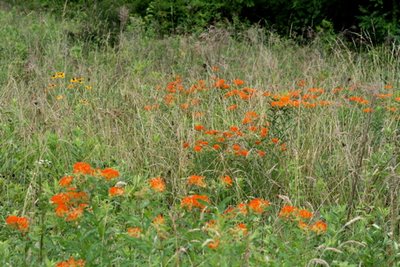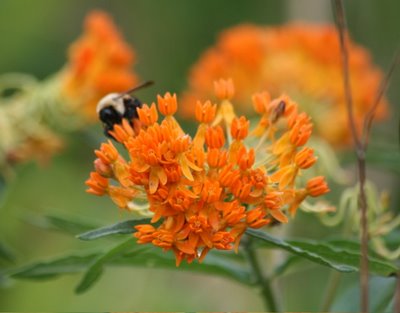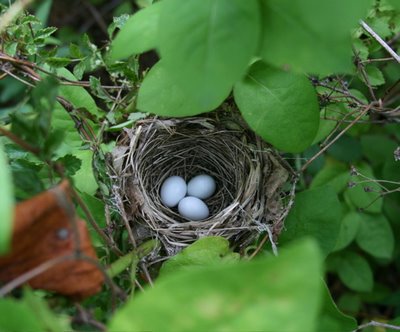Saving a Bluebird
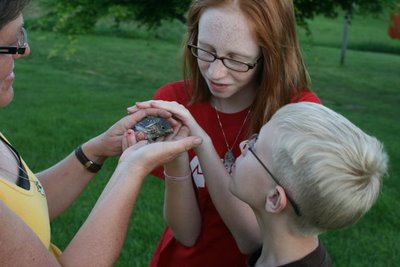
There had been five bluebird babies in the front yard bluebird box when I last checked the nest. Three males and two females, I knew that. The bluebird pair made the unusual move of keeping them in and around the yard once they'd fledged; usually bluebirds take their babies deep into the woods for the vulnerable early post-
 fledging stage, only returning two to three weeks later into the nesting territory. And it bothered me that each time I counted, I found only four babies in the yard. We were missing a male. A couple of weeks went by and he never showed up. Oh, well, c'est la vie, at least we have four. But I wondered if I'd ever know what happened to him.
fledging stage, only returning two to three weeks later into the nesting territory. And it bothered me that each time I counted, I found only four babies in the yard. We were missing a male. A couple of weeks went by and he never showed up. Oh, well, c'est la vie, at least we have four. But I wondered if I'd ever know what happened to him.One afternoon when the fledglings were pretty well grown, I pulled into the driveway, got out of my car and heard a baby bluebird calling insistently, distressed. Neener. Neener. Neener. I followed the sound, my hands still full from my errands, and pinned it down. It was coming from inside a stovepipe baffle. Oh good grief. There it was, a baby bluebird who had fallen down into the open top of the old baffle.
You can see a properly mounted stovepipe baffle on their nest box, top center, and the old topless baffle resting on the ground beneath our martin gourd pole, top right. That's the one he fell into. There was no getting out of it once he was in the 24" tube.
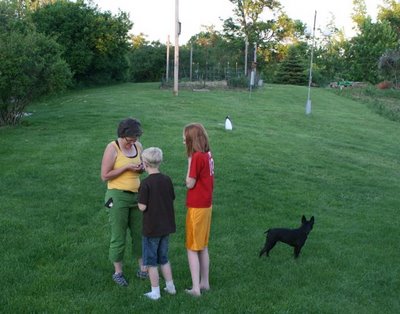 By this time, I'm holding the stranded baby in my hand for the kids to admire. Photos by Bill Thompson III.
By this time, I'm holding the stranded baby in my hand for the kids to admire. Photos by Bill Thompson III.He was fine, but he'd been in there a long time, so I gave him a dropper of water and four mealworms.
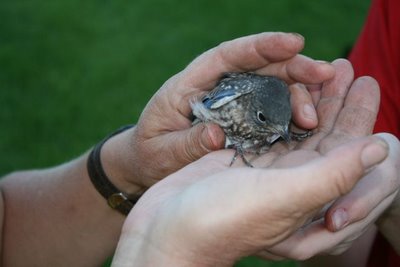
And it occurred to me where his brother might have gone, right after they fledged. I gave the baby to Phoebe to hold. She loooves to hold baby creatures. Liam, not so much. Too scritchy and scrabbly.
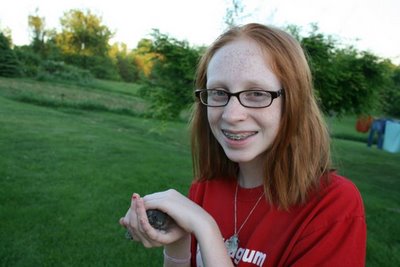
I walked over to the 2' length of stovepipe where our baby had been trapped and lifted it up.
And there was his brother, two weeks gone. The all-blue tail, telling his sex.
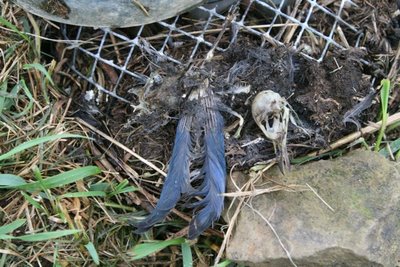
His skull, frail as an eggshell, unossified, so young. Rats, rats, rats.
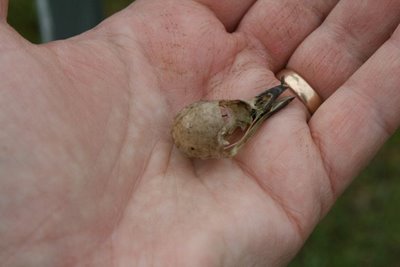
I propped up the baffle with a rock, leaving an escape hole beneath for any future stumblers.
And gave the lucky live bluebird a final kiss on the head before releasing him to the care of his family. We've seen him in the yard many times since.
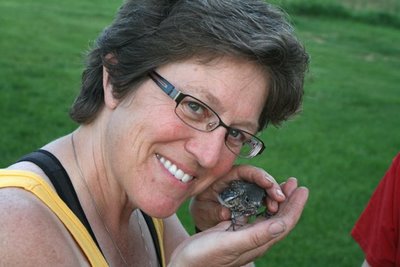
You can't anticipate all the ways a baby bird can run afoul of the careless trappings of man, but sometimes you're lucky enough to be there to help when they do.
Labels: bluebird fledglings, saving baby bluebirds, stovepipe baffles

